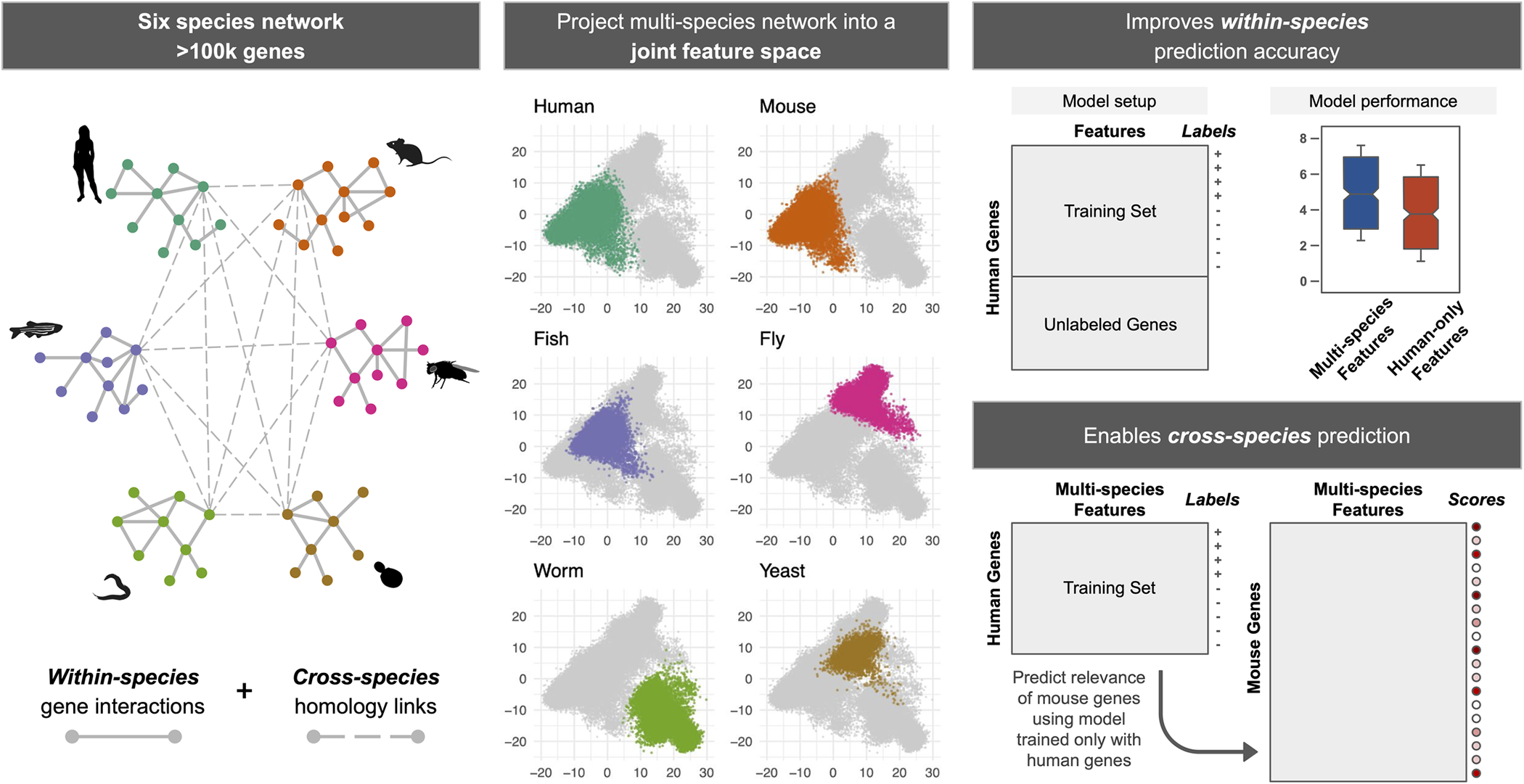Home
GenePlexus enables researchers to predict genes similar to an uploaded geneset of interest based on patterns of connectivity in genome-scale molecular interaction networks, with the ability to translate these findings across species.
Features
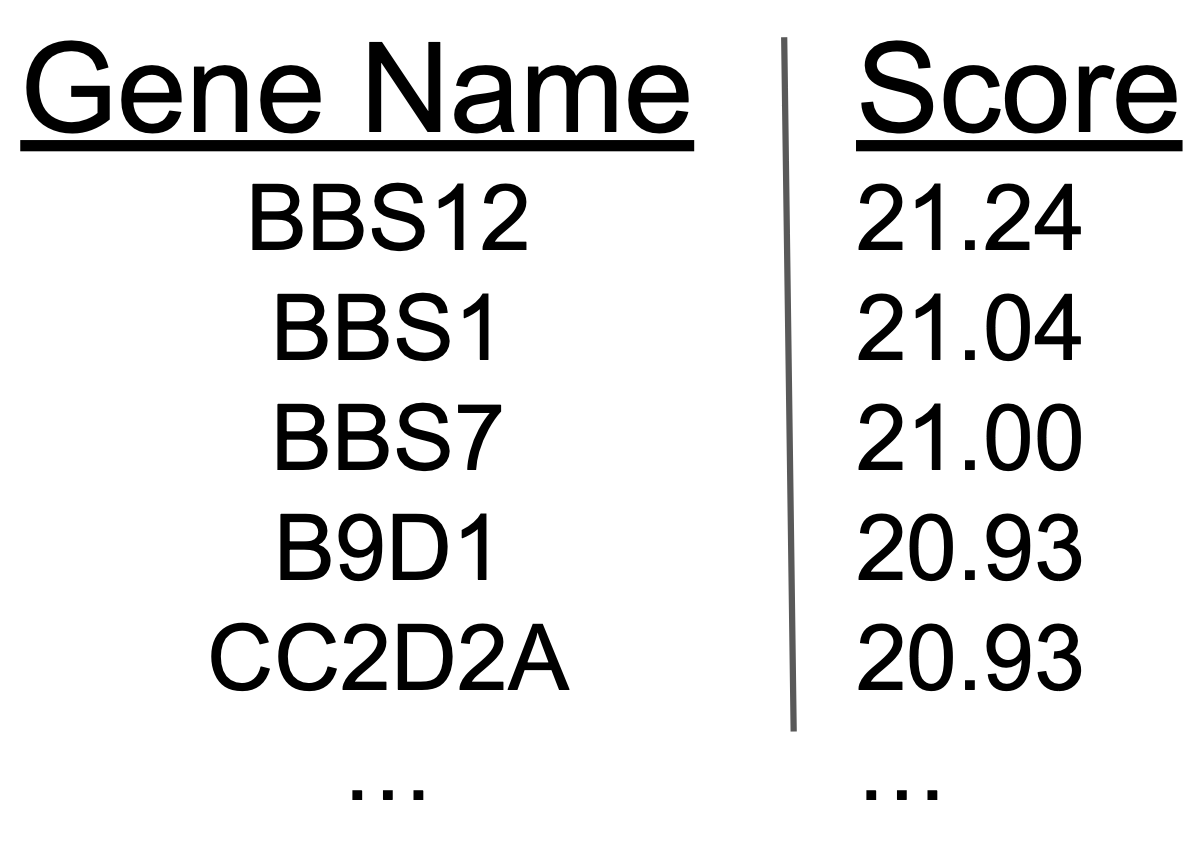
A custom model trained on your gene list lets you prioritize it and predict other genes associated with it.
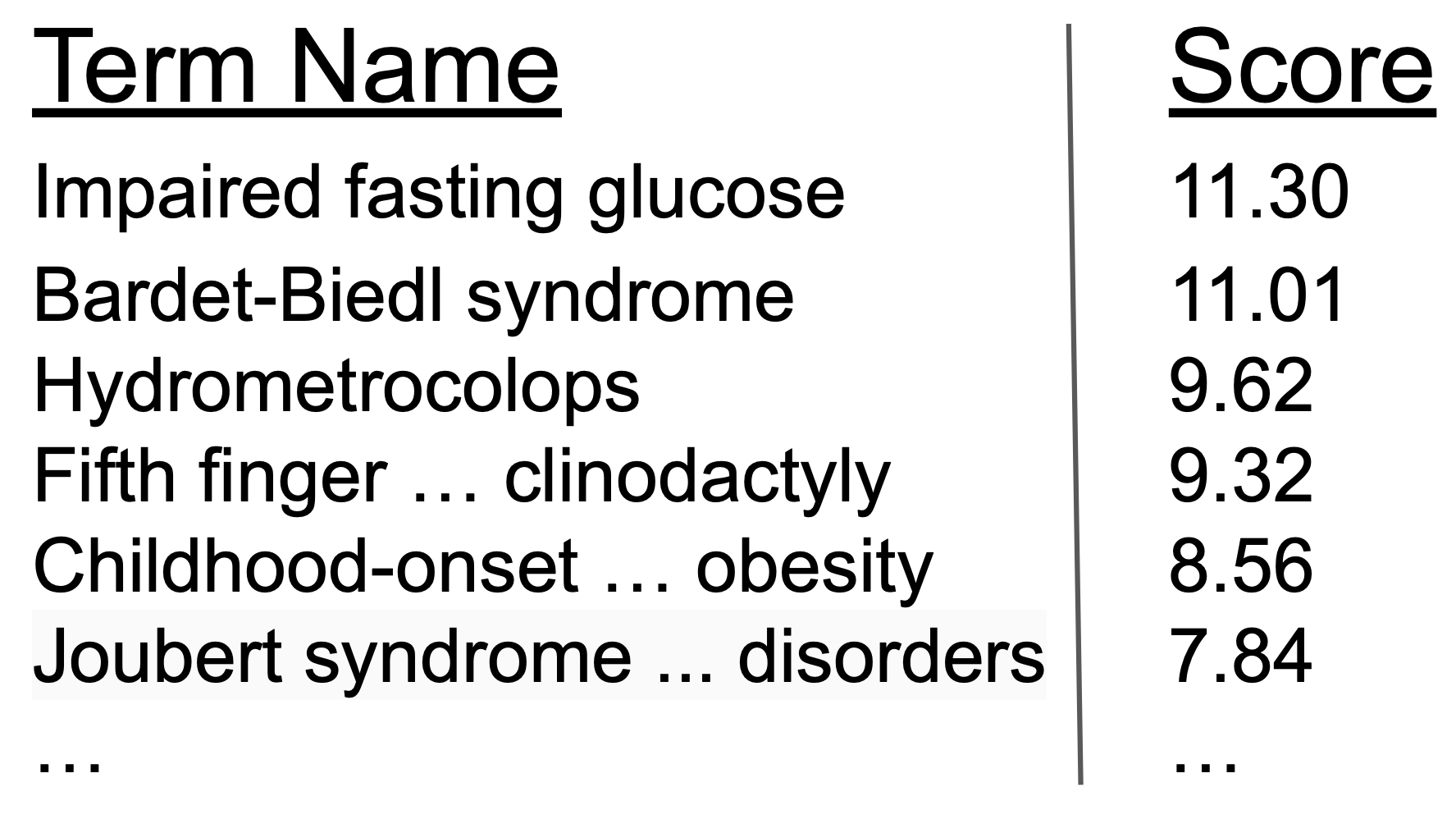
Compare the custom trained model to known biological processes and phenotypes.
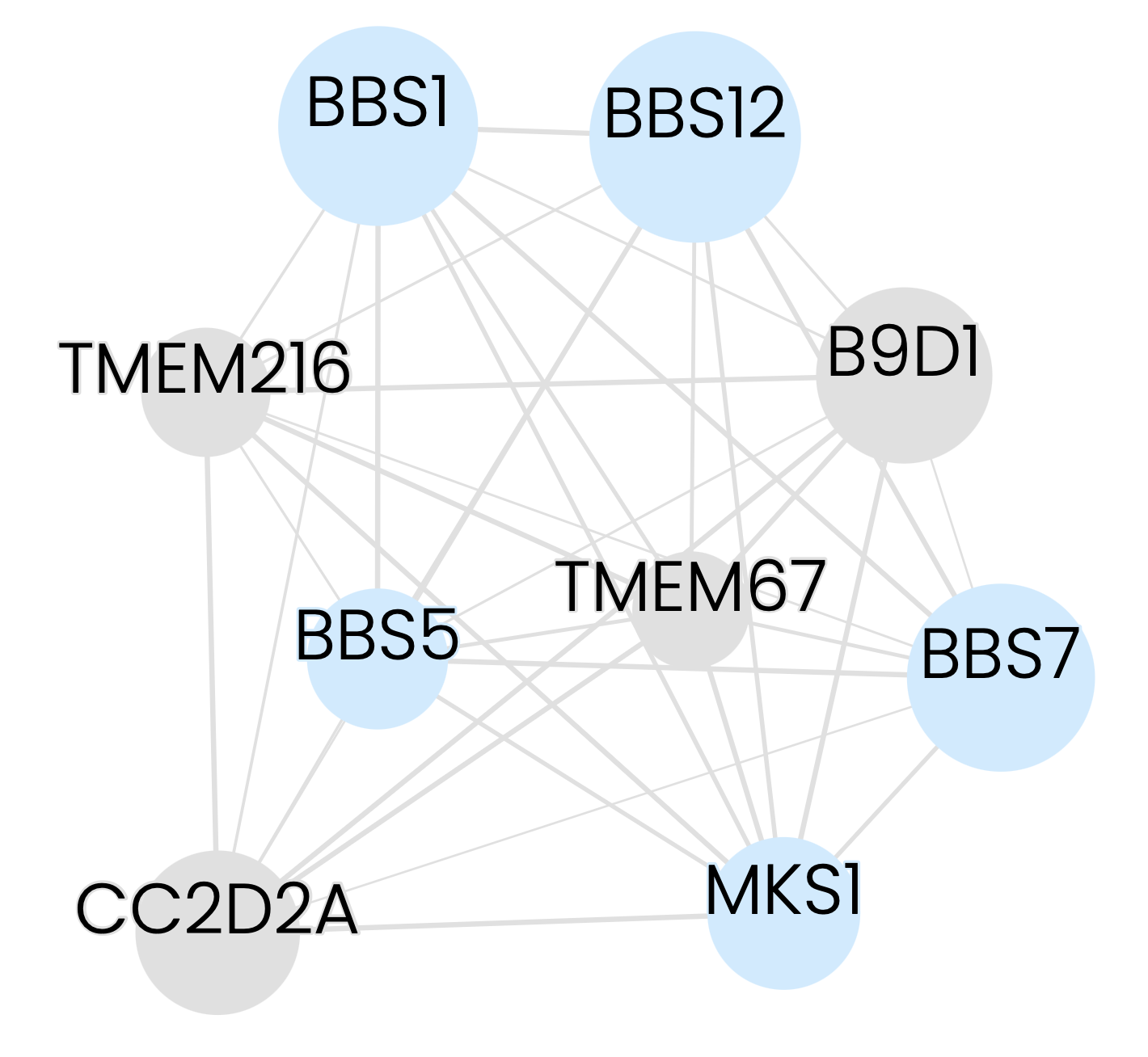
View connections between your genes of different types and weights as an interactive network.
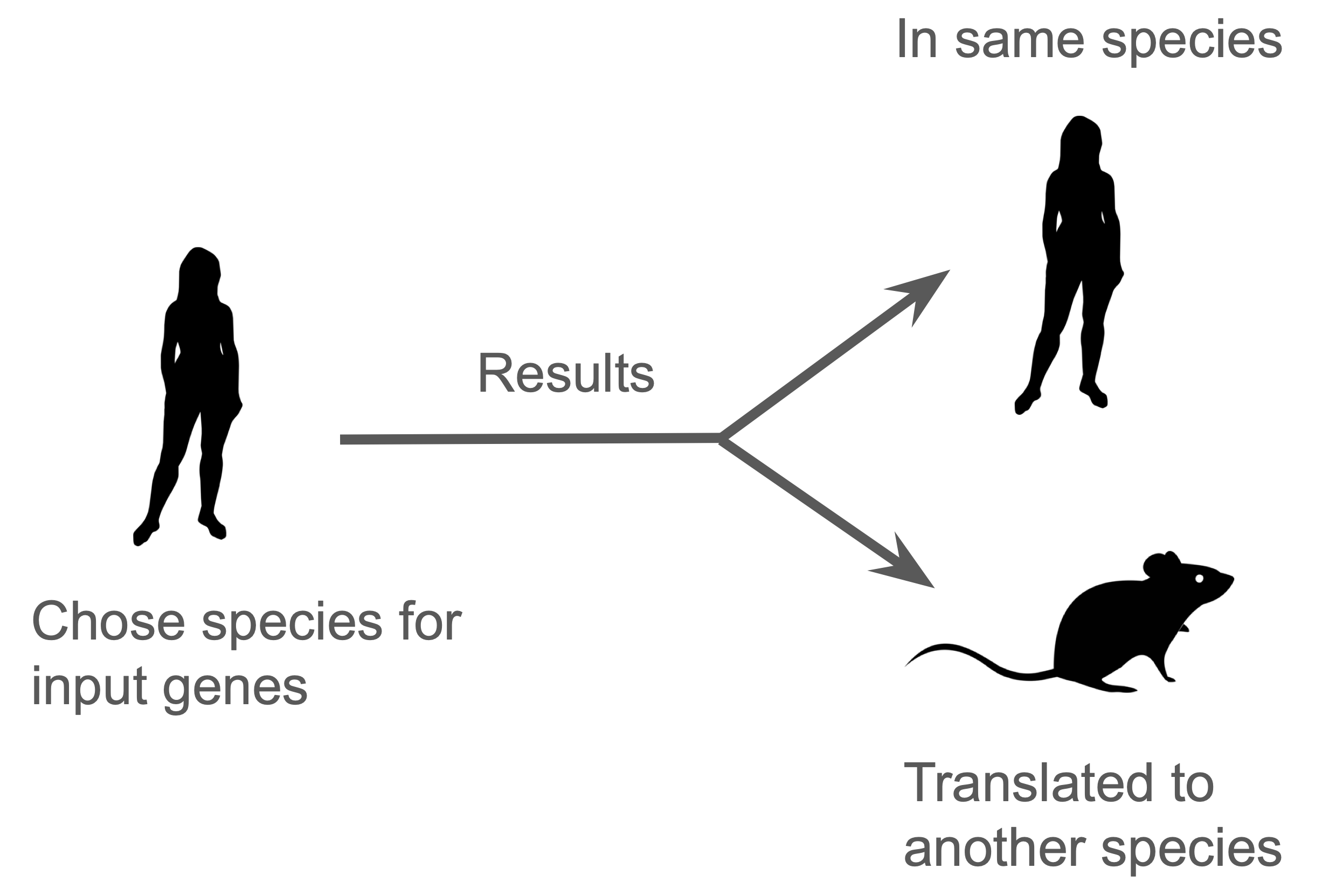
View results in the same species the model is trained for or seamlessly translate to another species.
How it works
Under the hood, GenePlexus uses sophisticated methods to analyze users' input genes. Node embeddings from a six-species network are used to build features for a custom machine learning model. Learn more in the manuscript.
